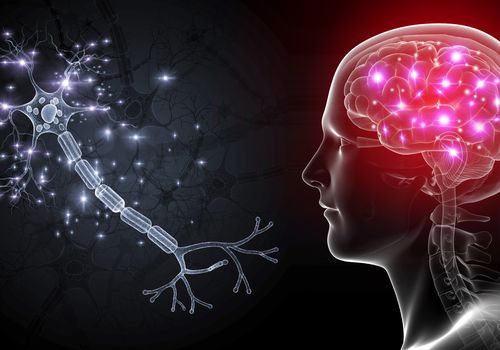
What Happens Inside Your Brain During a Concussion: The Neurometabolic Cascade Explained
Concussions are often misunderstood as simple head injuries that resolve with rest. In reality, every concussion triggers a complex series of changes inside the brain, known as the neurometabolic cascade. Understanding this process can help Kansas City patients and families recognize why symptoms persist and what steps support true recovery.
Beyond the Initial Impact: How Brain Cells React
When the brain experiences trauma from a car accident, sports injury, or fall, the force does more than cause pain. It stretches delicate brain cells and disrupts their normal communication. These microscopic changes set off a chain reaction that affects energy use, blood flow, and inflammation throughout the brain.
Key Phases of the Neurometabolic Cascade
Cellular Stretching and Disruption
The initial trauma causes neurons and their connecting fibers to stretch, sometimes leading to temporary loss of function. This disruption can make it difficult for brain cells to send and receive signals properly.
Ionic Shifts and Chemical Imbalances
After injury, potassium moves out of neurons and calcium moves in, altering the cell’s electrical stability. The brain also releases large amounts of glutamate, a neurotransmitter that increases cellular activity and energy demand.
Energy Crisis in the Brain
To recover from the sudden chemical imbalance, the brain uses up its stored energy (ATP) at a rapid rate. If a second concussion occurs before the first has healed, the energy deficit can become severe and increase the risk of long-term problems.
Reduced Blood Flow and Oxygen Supply
The brain needs more oxygen and nutrients to repair itself, but blood flow to injured areas often decreases. This mismatch can prolong symptoms and slow recovery.
Mitochondrial Stress and Inflammation
The brain’s mitochondria, responsible for producing energy, become less efficient after injury. At the same time, the blood-brain barrier may become leaky, allowing inflammatory molecules to enter and trigger swelling that can last for weeks.
Why These Changes Matter for Recovery
The neurometabolic cascade is the reason concussion symptoms can appear hours or days after the initial injury. Kansas City patients may notice brain fog, headaches, dizziness, mood changes, or sensitivity to light and sound. These symptoms are signs that the brain is struggling to rebalance and heal at the cellular level.

Lifestyle Adjustments and Documentation
Tracking symptoms, sleep quality, and activity tolerance in a journal helps your care team adjust your recovery plan. Ergonomic changes and posture correction may also reduce strain and support healing.
Gentle chiropractic care may help relieve muscle tension and improve nervous system function, which can be an important part of a holistic recovery program.
Why Active Recovery Is Essential
Long periods of rest can actually slow brain healing. Kansas City concussion specialists recommend a gradual return to activity, with careful supervision to avoid re-injury and support steady progress.
Take the Next Step for Your Brain Health
If concussion symptoms are lingering, early intervention and targeted rehabilitation can help you restore clarity, energy, and well-being. The right combination of movement, nutrition, and therapy can make a meaningful difference in your recovery.
Disclaimer
This blog is for educational purposes only and does not replace medical advice. If you have experienced a concussion or other injury, please consult a qualified healthcare provider.
References
Complete Concussions
Tomlinson Chiropractic
Lance Stevenson, DC
TBI Therapy








